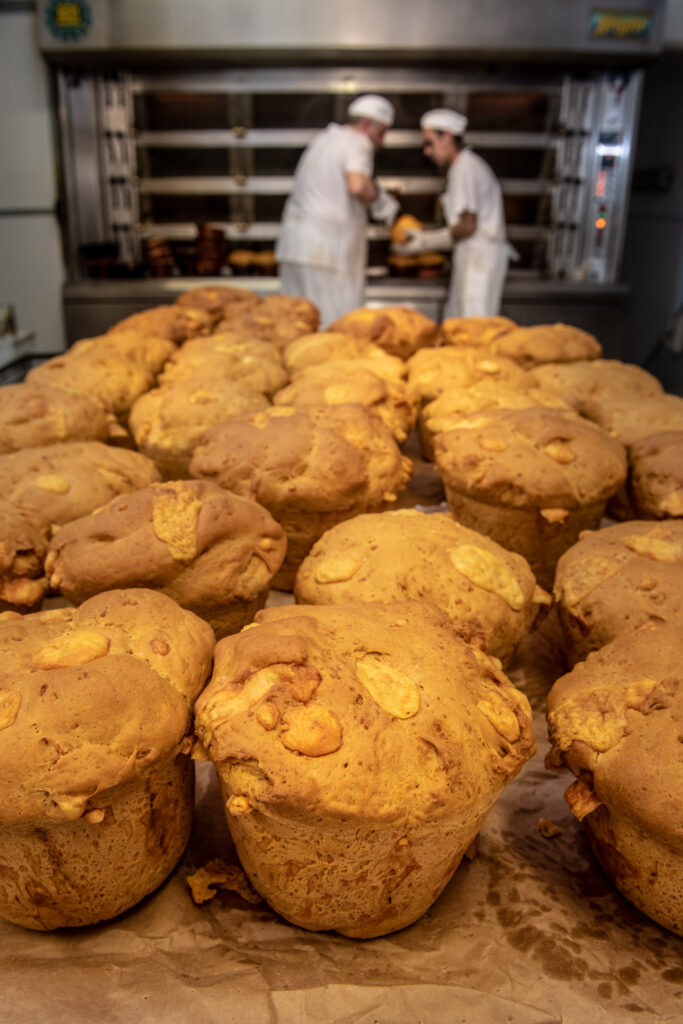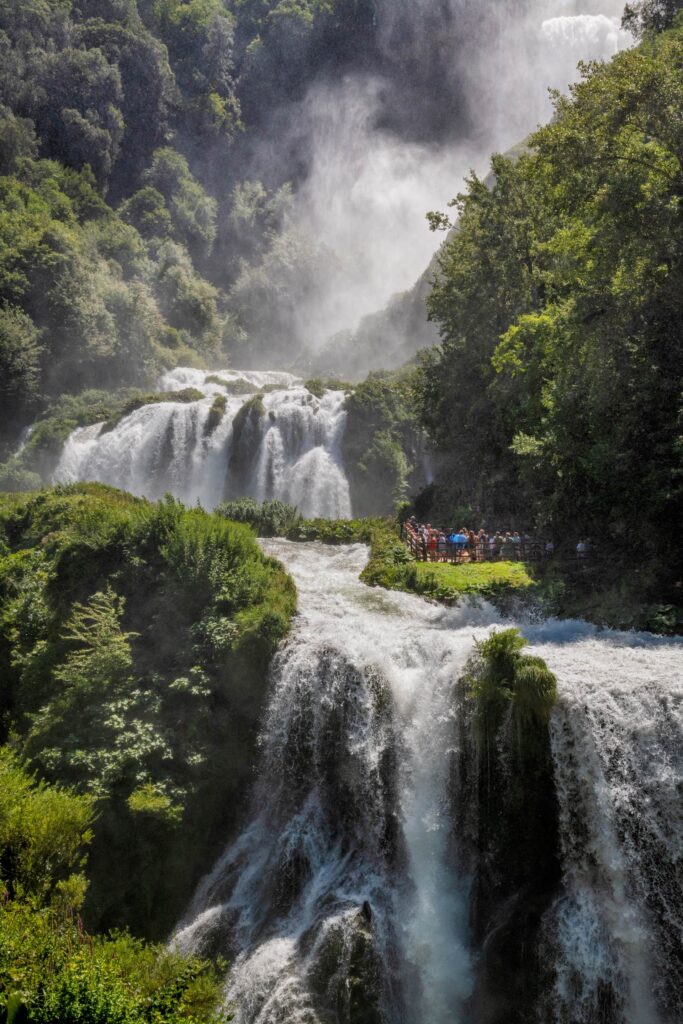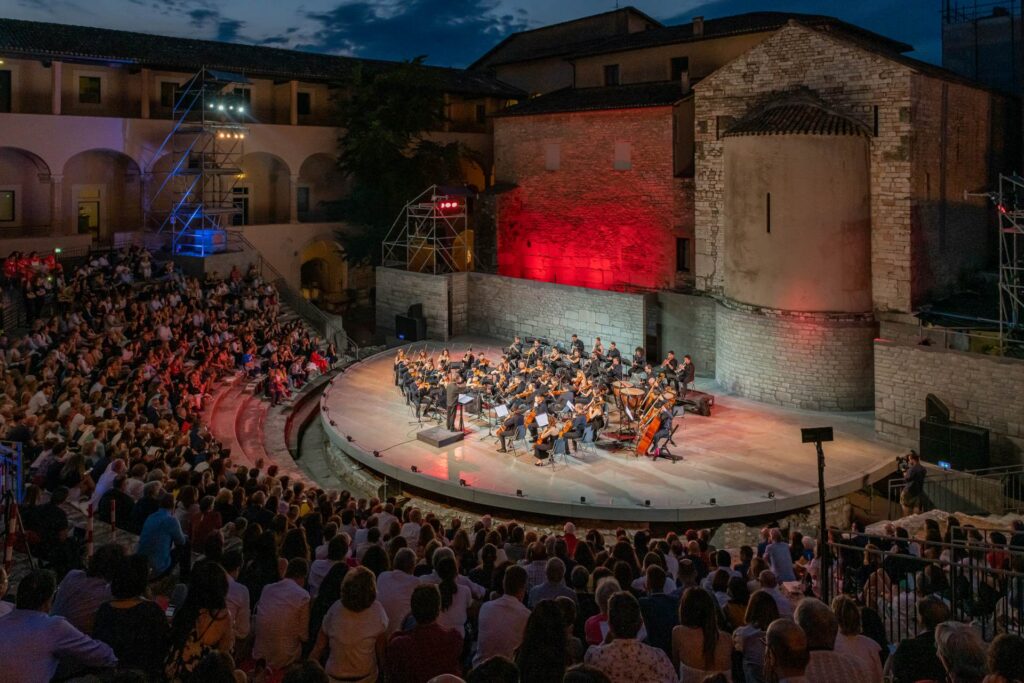Discover the traditional recipes of Umbrian Easter!
Easter preparations from the typical breakfast to lunch tell of ancient stories and symbolic values, linked to the Christian tradition that continue to be passed down regardless of the religious spirit with which one approaches the occasion.
Undisputed queen: Easter Cake, also called Easter Pizza. A savory, fluffy cake made with eggs, flour and mixed cheeses, baked in a wood-fired oven after a long rising time. A process that starts with stocking up on eggs: you need 50/60 eggs to make 7 or 8 pizzas! In the old days, when chicken farms were a family constant, eggs were stored in the cellar inside willow baskets or shoe boxes, and as many as 150/200 eggs were accumulated. According to tradition it was prepared by the women of the family on Maundy Thursday and could not be eaten before Easter morning, accompanied perhaps by a glass of wine.
The quintessential ritual of Easter is breakfast, which gathers the whole family around the table to eat cheese cake, salami, capocollo, colored hard-boiled eggs, chocolate and red wine together — all strictly blessed. On the morning of Holy Saturday, in fact, a basket is prepared with the typical savory cake, some salt, eggs, cold cuts, bread, wine and ciaramicola (characteristic Perugino cake) and taken to the church for the blessing of the food. Their symbolic value linked to Christian tradition is high: the egg representing the Resurrection, the bread emblematic of Christ, the wine recalling Jesus’ blood, and the meat evoking sacrifice.
The day continued with a great lunch: inevitable artichokes and the typical lamb, cooked roasted and served with lemon slices to enhance the flavor.
Desserts include ciaramicola, a must-have in the Perugia area: a red-colored alkermes doughnut covered with meringue icing and sprinkles to be enjoyed with a sweet wine such as vernaccia: the red and white are reminiscent of the very colors symbolic of the city. According to tradition, this doughnut represented love because it was given by girls to their boyfriends on Easter Day.
Typical of the Orvieto, Valnerina and Trasimeno areas, however, is the Sweet Easter Cake, flavored with lemon peel and cinnamon.
20th Umbrian Easter Cake Review.
2024 will be the 20th edition of the Umbrian Easter Cake Review in Mantignana, a town in the municipality of Corciano. Organized by the Arcs of Mantignana (local recreational cultural and sports association), during the days of the Easter holidays will allow through food stands to taste the typical menus of the period we mentioned, on Saturday is made a demonstration of making the Umbrian Easter cake by the associations of the area, so you can see its rich dough live!
Free tasting of various cakes offered by local bakeries takes place on Easter Sunday afternoon. For the 20th edition we are also expecting some new surprises!





